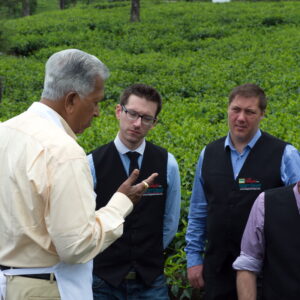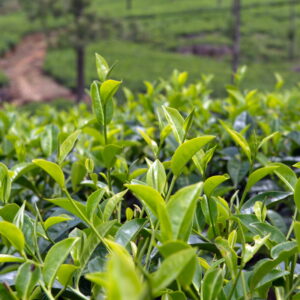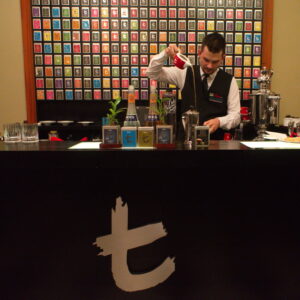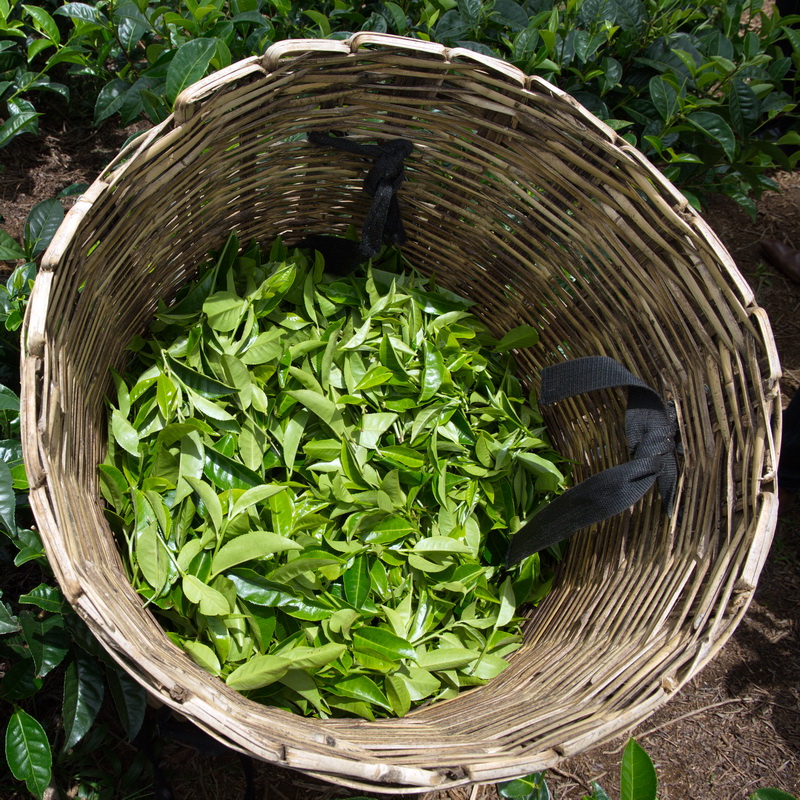 After every session of the Dilmah School of Tea, we come to the realisation that it is always the simplest things that can go wrong when making tea. It is no different whether fine dining restaurant at $20 a pot or at home at 10 cents a bag – tea offers sublime pleasure that is too often compromised by poor preparation.
After every session of the Dilmah School of Tea, we come to the realisation that it is always the simplest things that can go wrong when making tea. It is no different whether fine dining restaurant at $20 a pot or at home at 10 cents a bag – tea offers sublime pleasure that is too often compromised by poor preparation.
Even at its nadir, tea remained the most popular beverage in the world, second only to water. Global tea consumption is now in its ascent, fuelled significantly by the growing body of scientific evidence of the healthfulness in tea. Dementia, heart disease, cancer, stress, cholesterol, diabetes – science confirms the observations of Shennung nearly 5,000 years ago, that tea protects us from these and more. There is more – much more – beyond that though.
At its peak in the late 1800s and early 1900s, tea was prized as a wonderful herb from the East. It was the focus of social gatherings and an enduring presence at meetings of friends or family. Then it dawned on ‘big business’ that tea was indeed good business and with the first major acquisition of an owner operated tea company in 1927. That was a watershed in the fortunes of tea for until then it was quality that drove the industry, with a proliferation of owner operated enterprises competing to offer better teas, whilst always respecting integrity in tea. The men and women who were engaged in tea were passionate and committed, nearly all tea tasters, therefore having a commitment to quality that went beyond the business of tea.
In 1927 that changed as the acquisition of a major tea company by a corporation that was becoming a monolithic transnational entity, transformed tea from passion to business. The rest is history for quality was lost in the ensuing competition for market domination amongst the corporations that bought over the tea industry and today tea – healing herb, that in its finest form is an indulgent luxury – comes cheaper by volume than bottled water. With the decline in quality came the lack of awareness of tea, its spectacular heritage and the basics of its preparation.
 This year together with BOLS, we welcomed 10 accomplished barmen at the Dilmah School of Tea. They arrived in Sri Lanka and participated with more than the usual incredulity in the initial sessions of the School of Tea. Their doubt in our reference to luxury, beauty, the wonders of terroir, indulgence and the aroma, flavours and textures in tea, was palpable. That changed very rapidly as their journey in tea continued on our tea gardens. They tasted and saw the influence of the hills and the valleys, the wind, the intensity of light, soil and the art of the teamaker. They experienced the spectrum of taste and flavour that tea from different regions and estates offered with the one plant, camellia sinensis so beautifully crafted into teas with a multitude of different personalities.
This year together with BOLS, we welcomed 10 accomplished barmen at the Dilmah School of Tea. They arrived in Sri Lanka and participated with more than the usual incredulity in the initial sessions of the School of Tea. Their doubt in our reference to luxury, beauty, the wonders of terroir, indulgence and the aroma, flavours and textures in tea, was palpable. That changed very rapidly as their journey in tea continued on our tea gardens. They tasted and saw the influence of the hills and the valleys, the wind, the intensity of light, soil and the art of the teamaker. They experienced the spectrum of taste and flavour that tea from different regions and estates offered with the one plant, camellia sinensis so beautifully crafted into teas with a multitude of different personalities.
It dawned on our mixologists that tea is not just tea.
The average English tea drinker is said to brew their tea for 17-30 seconds. The nation that so vigorously pursued the cultivation of tea in its colonies, gave us our Ceylon Tea and consumes millions of cups each day now getting the basics in tea so badly wrong. The enjoyment of the purity and natural goodness in tea is a simple and very elegant pleasure. The individual character of different teas – presuming that they are good teas, unblended, carefully selected and packed fresh – presents a tea for every occasion and every mood. The simple goodness in tea begins from the moment one takes 5 minutes out to brew a cup of tea. It ends with the clarity of thought that the cuppa gives sensorially and functionally.
Selecting and storing good tea, protecting its freshness, using the right amount of tea in brewing a cuppa, good water (spring water or at least water that has been purified with a good quality filter), the right brewing time, garnish or natural additives and the right presentation (a white porcelain teapot and cup to appreciate the subtle hues in tea). It sounds complex, and we have just spent five days in sharing knowledge of tea. The time is spent in dispelling the perception created by the commoditisation of tea; the rules are really quite simple and once that is achieved, the excitement is palpable.
It probably sounds ironic that I should talk of tradition, purity and elegance in tea whilst at the same time referring at the same time to bartenders and mixology. The tea that you like best is the tea that is best for you. If your individual preference is a bright and strong cuppa in the morning, a green tea during the day and tea with rum and zest of orange in the event, so be it. Enlightened tea Mixology and tea gastronomy require an understanding of tea, respecting the character, flavour and texture of each tea and composing the ingredients in a tea inspired cocktail or dish around respect for tea.
Tea is without doubt a ‘magical’ herb – camellia sinensis crafted by nature into myriad colours, flavour, textures and characters. It offers pleasure and goodness, it dignifies fine cuisine and requires only that we honour a few simple rules in its preparation and serving. Enjoy!

Tea leaves are handpicked on Dilmah Tea Gardens to ensure the quality of the leaf, the first and most important part of teamaking.
